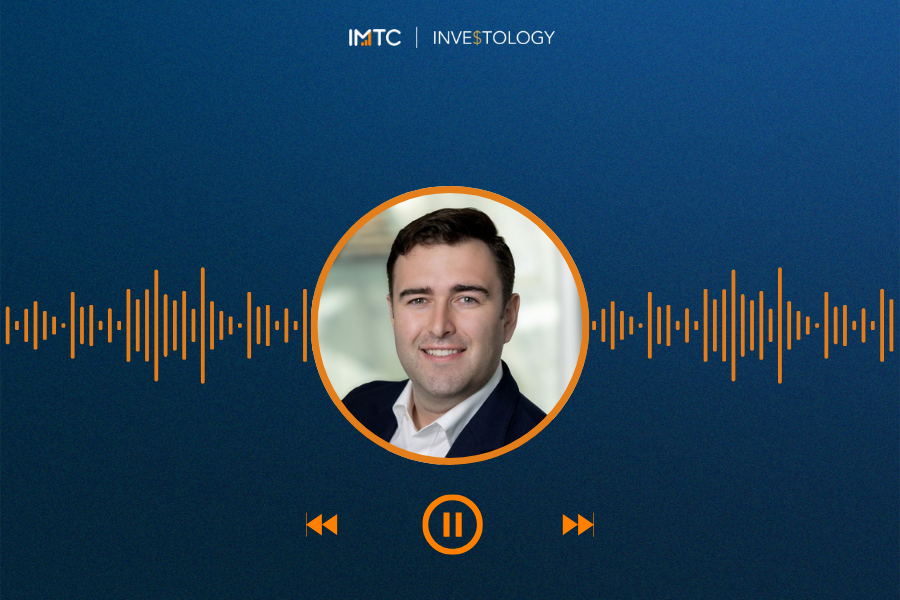The Top 3 Barriers to Performance for Fixed Income Managers

Market Shifts in Fixed Income: A 2025 Perspective
Looking back, the US 10-year Treasury yield collapsed by roughly 80% from 2000 to 2020, sliding from over 5% to under 1%. Meanwhile, yields on many European government bonds plummeted below zero—a once-unthinkable scenario that exposed outdated systems and underscored the need for greater agility and resilience. By 2020, over half of the investment-grade (IG) corporate bond universe was rated Baa/BBB, up from just 17% in 2000. Fixed income ETFs), non-existent before 2002, have since ballooned to control several trillion US dollars globally—one of the most significant structural shifts in asset management.
Heading into 2026, these trends have only intensified. Amid persistent rate volatility, heightened inflation risks, increased regulatory and ESG scrutiny, fixed income portfolio managers are under more pressure than ever to adapt and innovate.
Innovation in Portfolio Strategies: Staying Ahead in Fixed Income
Modern fixed income strategies are moving well beyond traditional buy-and-hold paradigms. Factor investing—an approach well established in equities—is becoming standard practice in fixed income, whether to target low volatility, manage duration risk, or hone in on value and quality across issuers. In parallel, demand for sustainability and impact investing has surged, with global clients requiring integrated ESG metrics and climate risk analysis within core bond strategies.
Companies have responded through record debt issuance, expanding the investable universe but compressing average credit quality. As a result, the need for rigorous, forward-looking credit analysis is greater than ever, and doing adequate research is mission critical.
Competing with passive, low-cost ETFs challenges the justification for active management fees. In response, fixed income managers must demonstrate value through smarter security selection, cross-sector rotation, ESG integration, and—crucially—operational efficiency. Additionally, they are increasingly required to meet client demands for portfolio customization, such as tailoring strategies to specific risk tolerances, ESG criteria, or unique investment goals. The pressure on margins is stimulating ongoing consolidation across the industry landscape.
Operational Challenges in Fixed Income Portfolio Management
In this transformed environment, fixed income portfolio managers face a central dilemma: How to deliver more value with fewer resources and lower fees? The answer lies in operational excellence, largely tied to technology. Time is the most precious investment resource, yet many managers are still hampered by outdated legacy systems and inefficient workflows.
Three Core Operational Barriers for 2025
1. Visibility
Without real-time, consolidated insights, investment decisions are slower and less informed. Portfolio managers need integrated tools that provide immediate visibility into risk, performance, compliance, and exposures at both individual and aggregate portfolio levels. Effective digital platforms enable portfolio managers to evaluate the impact of prospective trades across all accounts—with embedded compliance—all within seconds, not hours.
2. Capacity
Manual processes and siloed operations limit scalability for both AUM and the ability to efficiently support a growing number of accounts. Too often, every new account or allocation requires time-intensive reconciliation and data gathering, which can quickly overwhelm resources as the client base expands. Enhanced workflow automation and intelligent portfolio management systems empower firms to not only scale AUM but also to onboard and manage more accounts seamlessly—without a proportional increase in headcount. This drives both margin improvement and improved client service by ensuring that operational growth is sustainable and responsive to increasing client demands.
3. Workflow Fragmentation
Legacy reliance on disconnected spreadsheets and data silos is no longer sustainable. Fragmented platforms introduce errors and waste valuable time, detracting from alpha-generating investment activities. Shifting to integrated portfolio management ecosystems reduces operational friction, enhances accuracy, and creates a seamless investment process. Critically, these unified systems also foster cross-department collaboration by enabling real-time information sharing between investment, compliance, risk, and operations teams. This collaborative approach not only minimizes miscommunication and duplication of effort but also ensures that decisions reflect a holistic view of portfolio objectives and constraints.
Digital Transformation: The Imperative for Fixed Income Managers
The path forward is clear: embrace technology or risk falling irreversibly behind. Maintaining competitiveness in 2025 means squeezing operational costs, defending fees, and boosting value-add. The solution isn’t indiscriminate cost-cutting, which often damages efficiency and client outcomes. Rather, it lies in intelligent modernization:
Optimize portfolio visibility: Implement real-time, cross-portfolio dashboards with actionable insights.
Automate workflows: Use advanced portfolio management tools to handle rebalancing, compliance, reporting, and scenario analysis, freeing up manager time for critical decision-making.
Integrate data and systems: Break down silos for seamless data flow, smarter risk management, and consistent, scalable client service.
Seize the Advantage in 2025 and Beyond
The fixed income industry is at an inflection point. The managers that thrive will be those who fully embrace digital transformation, leveraging technology to drive both efficiency and differentiated investment outcomes.
Asset managers can no longer afford to remain complacent. Future success demands streamlined systems, proactive portfolio management, and an unwavering focus on scalable, technology-driven processes. Embracing operational modernization is the surest way to meet global client demands, grow assets, and stay ahead of a rapidly changing competitive curve as we move through 2025 and beyond.
This paper is intended for information and discussion purposes only. The information contained in this publication is derived from data obtained from sources believed by IMTC to be reliable and is given in good faith, but no guarantees are made by IMTC with regard to the accuracy, completeness, or suitability of the information presented. Nothing within this paper should be relied upon as investment advice, and nothing within shall confer rights or remedies upon, you or any of your employees, creditors, holders of securities or other equity holders or any other person. Any opinions expressed reflect the current judgment of the authors of this paper and do not necessarily represent the opinion of IMTC. IMTC expressly disclaims all representations and warranties, express, implied, statutory or otherwise, whatsoever, including, but not limited to: (i) warranties of merchantability, fitness for a particular purpose, suitability, usage, title, or noninfringement; (ii) that the contents of this white paper are free from error; and (iii) that such contents will not infringe third-party rights. The information contained within this paper is the intellectual property of IMTC and any further dissemination of this paper should attribute rights to IMTC and include this disclaimer.





